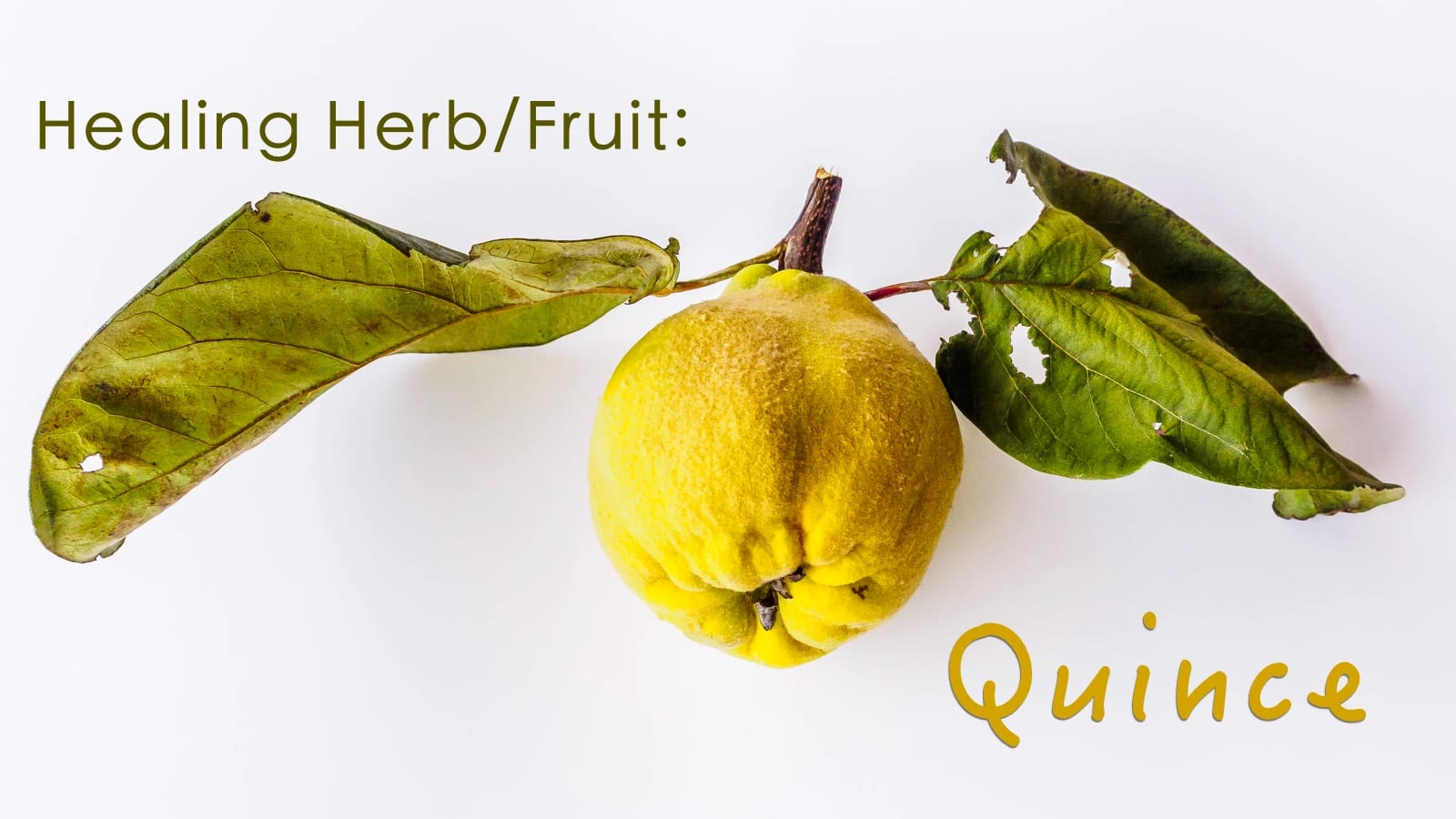Quince (Cydonia oblonga) are close relatives of apples and pears, but not everybody enjoys eating them fresh due to their tough skin and high tannin content and astringency that can only be mellowed out through cooking. Its cultivation can be traced back to ancient Greece and Rome, and though it is considerably less common today, quinces are hiding many different nutritional and medicinal benefits! They’ve been used in folk medicine for decades, but scientific research on their benefits, like with many different herbs and forms of natural healing, is still in the early stages.
Here are 5 potential health benefits of quince, plus a few tips on including them in your diet:
1. Nutrient Profile – A single quince contains approximately the following: Calories: 52 Fat: 0 grams Protein: 0.3 grams Carbs: 14 grams Fiber: 1.75 grams Vitamin C: 15% of the Daily Value (DV) Thiamine (vitamin B1): 1.5% of the DV Vitamin B6: 2% of the DV Copper: 13% of the DV Iron: 3.6% of the DV Potassium: 4% of the DV Magnesium: 2% of the DV
2. They contain a rich supply of antioxidants, which reduce metabolic stress, lower inflammation, and protect your cells against damage by free radicals, which are unstable molecules that can cause aging and illness.
3. They can help manage pregnancy-induced nausea. One study in 76 pregnant women noted that 1 tablespoon (15 ml) of quince syrup was significantly more effective than 20 mg of vitamin B6 at reducing pregnancy-induced nausea.
4. May relieve digestive issues, as this is the main traditional use of quince in folk medicine. Recent studies with quince extract has revealed a potential to reduce gut tissue damage related to Inflammatory Bowel Disease (IBD).
5. Quince can support proper immune function through its fiber and vitamin C content. Adequate fiber helps to provide a supportive environment for healthy bacteria, keeping your gut microbiome at healthy levels. And Vitamin C is well known to be an integral part of a healthy functioning immune system.
You can eat quince by making it into syrups, jams, and jellies, and I highly recommend experimenting with added spices like vanilla, cinnamon, ginger, and star anise. Freezer jam is a great way to cut down the sugar content and luckily quince is already very high in pectin. For syrups you can use honey instead of sugar as well.. You can eat cooked quince on its own or use it to top oatmeal, yogurt, or roasted pork. It also makes a delicious addition to fruit tarts and pies. Quince can also be made into leather which is both simple and great for longer storage, and then added into curry dishes!

